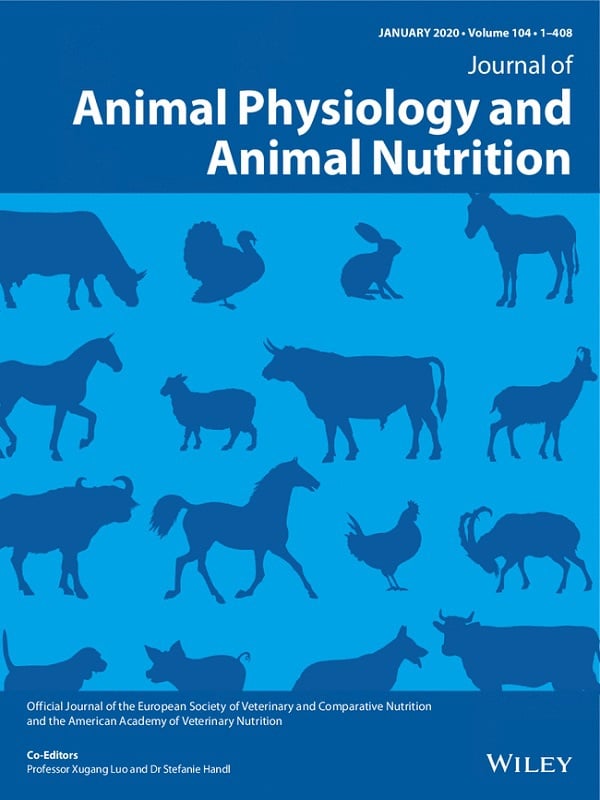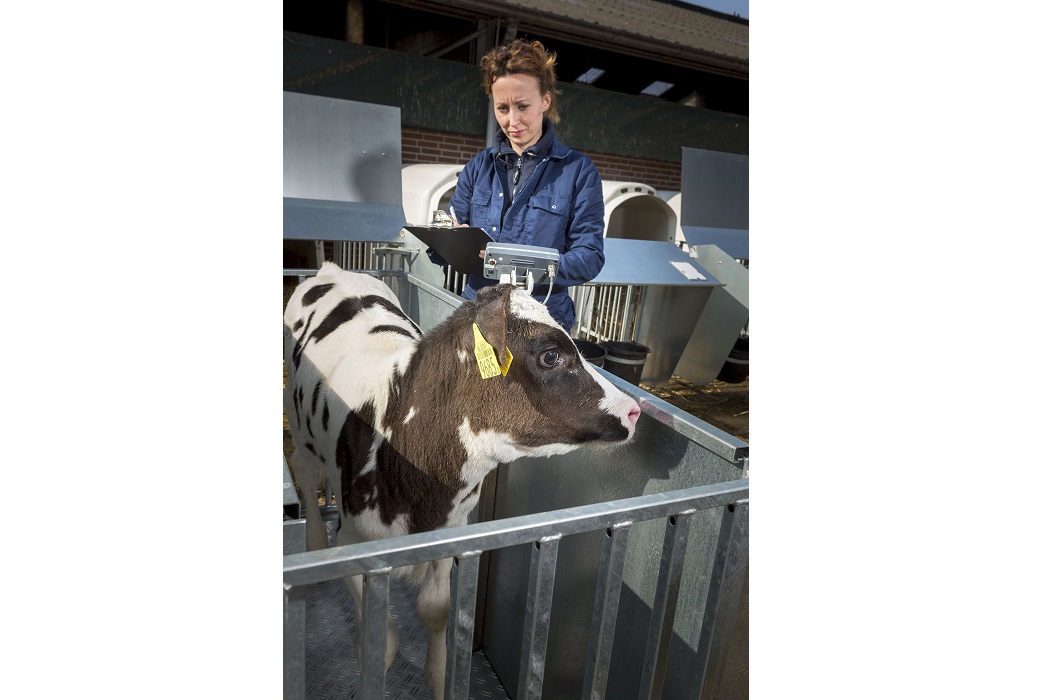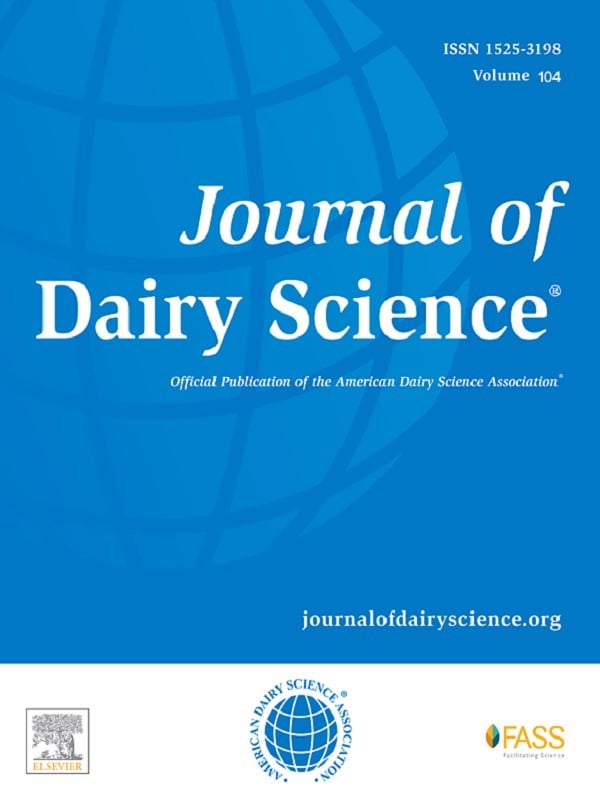
L'allevamento
Trouw Nutrition è partner della famiglia Van Kempen, proprietaria dell’allevamento Kempenshof da oltre 25 anni. L'azienda può ospitare 135 vacche da latte e 75 vitelli ed è circondata da 30 ettari di prato e 12 ettari di mais. Al Kempenshof seguiamo lo sviluppo dei vitelli dalla nascita fino alla loro ultima lattazione per fornire prove a sostegno della nostra filosofia LifeStart. Secondo LifeStart, riteniamo che i primi due o tre mesi di vita di un vitello abbiano un impatto importante sulla produttività e sulla longevità dell'animale durante tutta la sua vita come vacca da latte, è quindi importante monitorare attentamente gli animali giovani dell’azienda agricola.


Dotato delle ultime tecnologie
I vitelli al Kempenshof sono alloggiati in gabbiette individuali e in un'unità abitativa di gruppo, che consentono di monitorare da vicino la salute e le prestazioni individuali e, se necessario, di adeguarsi di conseguenza. La stalla principale ha spazio per 135 vacche da latte, con foraggio e mangiatoie composte per misurare individualmente l'assunzione di mangime. C'è una sala di mungitura 6x2, che ci consente di eseguire il punteggio automatico delle condizioni corporee e la pesatura individuale. L'allevamento dispone anche di un ampio box parto, videosorvegliato 24 ore su 24, 7 giorni su 7, che ci permette di seguire da vicino il processo del parto. Il monitoraggio approfondito del metabolismo delle vacche è essenziale per scopi di ricerca, con l'obiettivo di migliorare la salute e le prestazioni degli animali. Le singole vacche possono essere studiate in modo approfondito per un periodo più lungo, il che è unico e prezioso per la ricerca. C'è anche un piccolo laboratorio in loco per la preparazione e la conservazione dei campioni.


